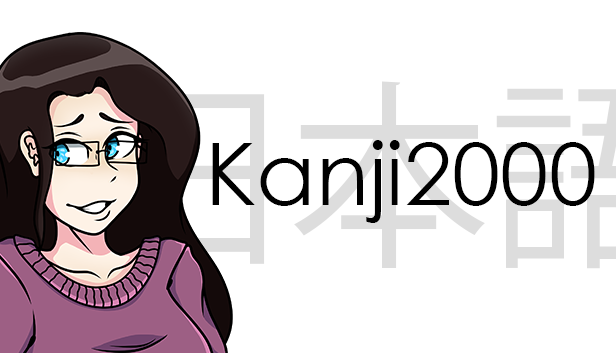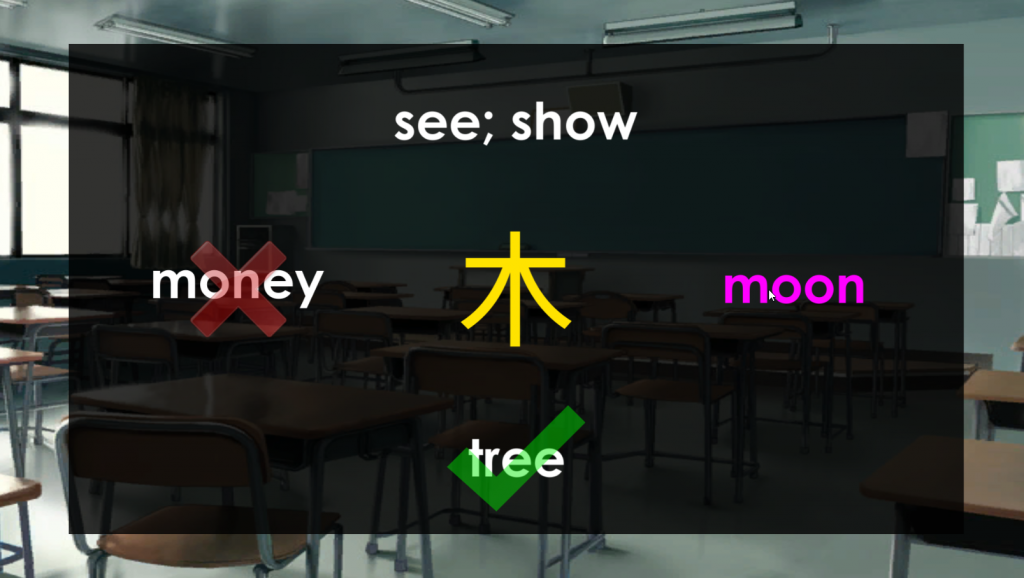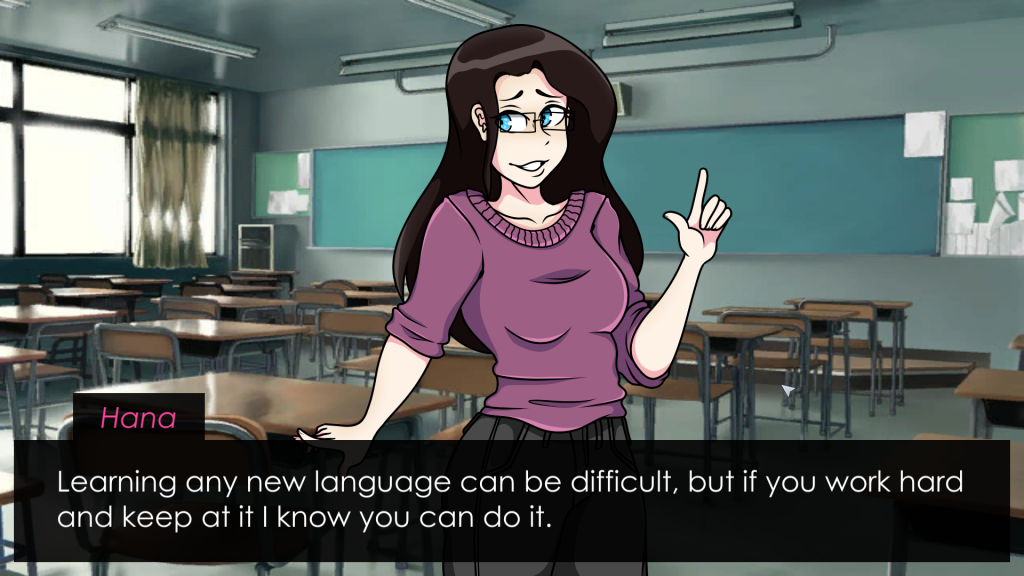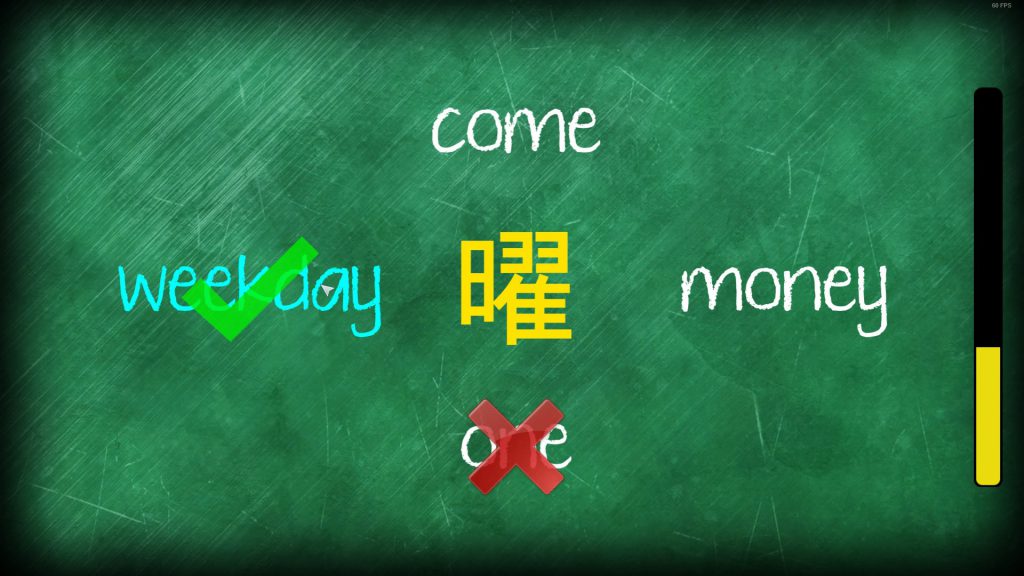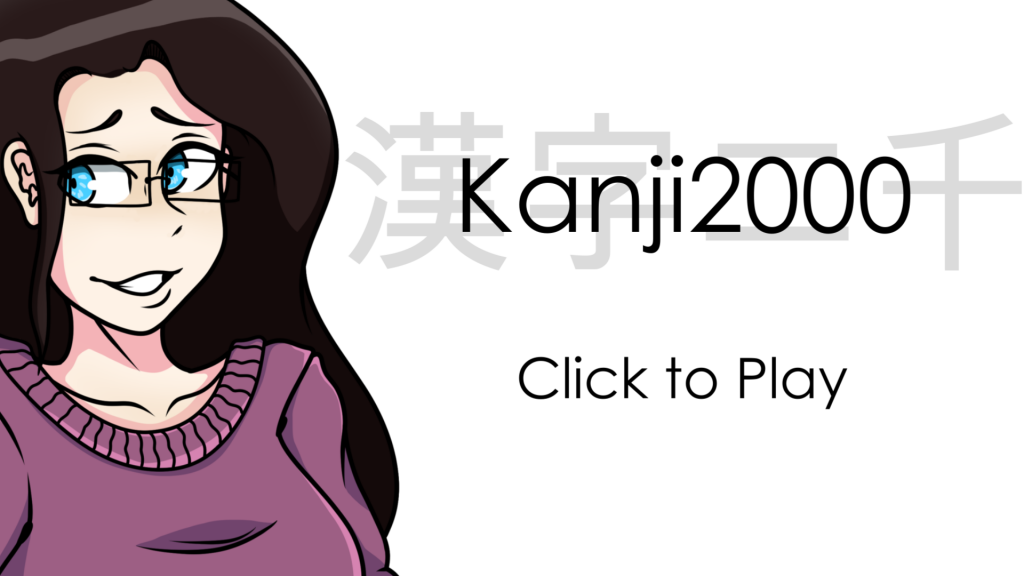Kanji2000 is a game aimed at teaching 2000 Japanese kanji that are very common for reading the language. The goal of the project was to accomplish this in a fun and interactive way since learning these characters is widely considered to be the most difficult part of learning the language.
The project started as a college final project for my website development class in 2017. At the time, I had been trying to self-learn Japanese for awhile, and one of the biggest struggles I had was memorizing all the kanji. So, I developed a small quiz website which would help myself and others learn about 100 kanji. The project was received very well by the class, and two years after graduating I decided to remake the project as a more interactive and engaging game that aims to teach 2000 kanji. In essence, that class project website was a prototype for this Unity project.
The Japanese language is comprised of three sets of characters: hiragana, katakana, and kanji. Hiragana represents a kind of Japanese alphabet, and katakana are basically the same characters but written differently and primarily used for foreign words. Kanji, however, are characters which represent entire words or meanings, and as such there are thousands of them. Many can be very detailed and complex to distinguish, some can even be very similar to another kanji but have very different meanings. About 2000 kanji are deemed essential to learn in order to read and write in Japanese.
In my journey to self-learn Japanese, I had found many great, cheap, and interactive resources to learn hiragana and katakana, but not a lot of the same for learning kanji. There are several reasons this might be the case. Obviously, with kanji, there are a lot more characters to deal with compared to the other language character sets. As a result of dealing with more characters, it’s difficult to determine a proper learning order and method of teaching. It’s also difficult to determine how much you should teach about each character. For example, a kanji can have several meanings, readings, and can change entirely when combined with other kanjis, so how much is really necessary to teach right off the bat?
Keeping all this in mind, I decided to have Kanji2000 try to keep itself simple: the game would teach the player the kanji and its most commonly used English meanings. The order they’re taught in will be based partially on what numerous sources have found to be the best order to learn them in, which keeps in mind recognition, complexity, and frequency of use.
It’s very difficult to work on a project aimed at teaching a language that I’m still learning myself, but the initial point of the project was to help myself learn anyways. All the information used in the game I’m trying to verify from several sources so it stays as accurate as possible, and I’m hoping to have a lot of beta tester feedback that could help tweak anything that might be inaccurate.
I’m planning on making the game have an informational visual novel system and several different quizzing systems. The quizzing system will work through three different kinds of game modes: one for learning a new level, one for reviewing, and one for quizzing the current level. To try to evenly split up the kanjis, the game will have 100 levels and each level has 20 kanji. First the game would teach the player each kanji in their current level. Then they’re free to review as many kanji they’ve unlocked so far for as long as they want. Then they can take a timed quiz on the current level’s kanji and if they get a passing grade they unlock the next level’s kanji.
To add more to Kanji2000, I also want to implement a daily kanji feature on the main menu and add unlockable cosmetics for the player’s in-game teacher, Hana. I’m also interesting in trying to build a system that let’s players practice writing kanji. For the review mode, I want to enable users to customize their session based on many options so they can learn in their own way. I’m also working with artists to develop more sprites for Hana and a better UI design than what I currently have in place. Development for the new Unity version of this started in December 2018 and hopefully it’ll be released by the end of 2019.
